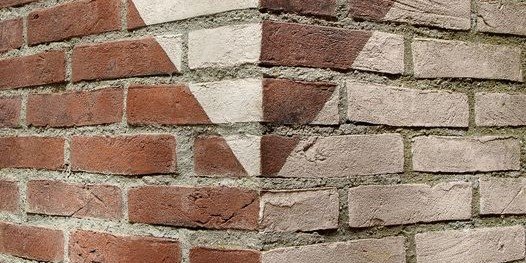by the editorial staff
As this year draws to a close, it’s fitting to remember an outstanding artist who died in Ponte San Pietro, near Bergamo, on 17 May: the Austrian artist Jorrit Tornquist, who lived in Italy for many years. Born in Graz in 1938, he arrived in Italy in the 1960s and developed an activity as a painter, teacher and designer focused on the study of colour languages and their use in the environment. Beginning with Bauhaus, Concrete and Suprematist proposals, and then in dialogue with the experiences of optical, kinetic and programmed art, Tornquist’s activity was characterised, both practically and theoretically, by his ability to process light and colour in a rich range of compositional variations. In addition to his pictorial and sculptural work, he also produced works with an urban dimension. Both in Austria and in Piedmont and Lombardy, where Tornquist lived, there were numerous companies and public and private buildings for which the artist designed pictorial interventions aimed at harmonising architecture with landscape and atmosphere, in a dialogue made up of intangible vibrations. Among his most important decorative projects are those of 1980 for social housing in Grugliasco and Rivalta, of 1996 for the waste incineration plant in Brescia and of 2002 for the power station in Ponti sul Mincio. Almost unknown, but of great inventive quality, is Ti porta dentro e fuori, a small intervention that Tornquist made in 1997 in Dozza, near Bologna, during the “Biennale del Muro Dipinto”.
Homepage; Jorrit Tornquist, Ti porta dentro e fuori (detail), 1997, mural painting, Dozza (photo credits Fondazione Dozza Città d'Arte).


